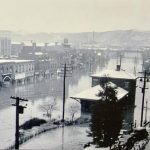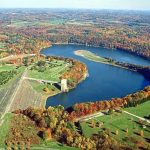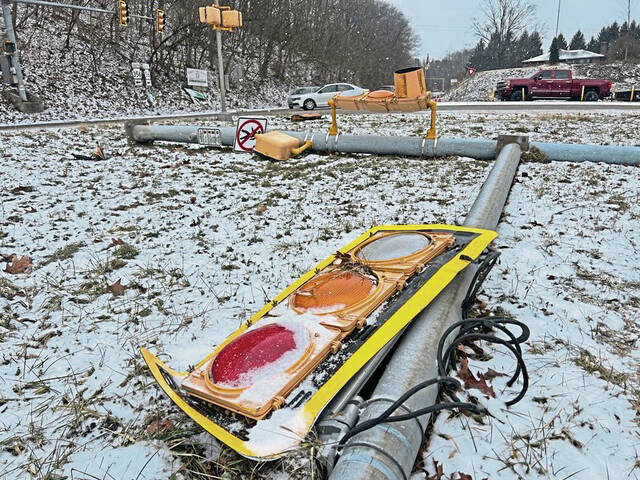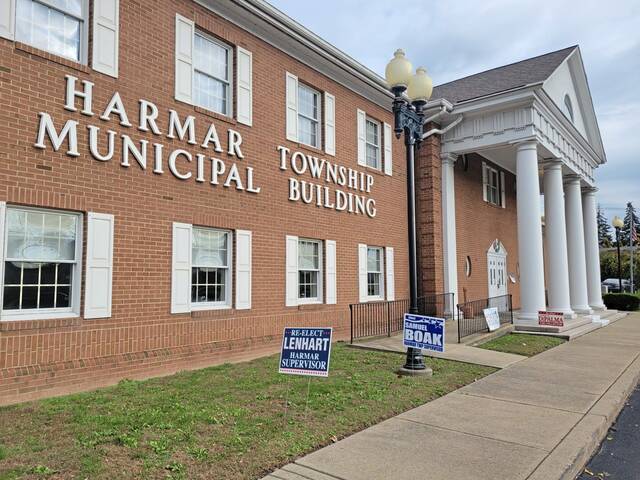The 36-hour rainfall that inundated the Alle-Kiski Valley and the Pittsburgh region the first weekend of May resulted in some creek overflows, downed trees and water in residential and business basements.
But it’s a far cry from what would have happened if dams and reservoirs in the Allegheny River Basin didn’t exist.
Since the late 1930s, 16 such dams have been built.
Prior to that, the A-K Valley’s riverfront towns were at the mercy of annual spring thaws and major rainstorm events.
The ultimate flooding was the 1936 St. Patrick’s Day catastrophe that affected all communities that touched the river. In Pittsburgh alone, 100,000 buildings were damaged. An amusement park — Griftlo Park — located in North Apollo approximately where the now Dairy Queen sits, was virtually wiped out.
Something had to be done. Enter the federal Flood Control Act of 1936 that established funding for the reservoirs.
One of the earliest reservoirs and perhaps the most popular one among A-K Valley residents, is the Crooked Creek dam and reservoir, located in Burrell Township.
Ground was broken for the dam on Sept. 23, 1937. The project was part of the Works Progress Administration under President Franklin D. Roosevelt. The project was completed in 1940. It took almost 1.4 million cubic yards of rock and earth to create the 143-foot high dam. The lake it created is 5.25 miles long.
On Aug. 2, 1950, Crooked Creek was opened to recreation and immediately became popular for boating, camping, fishing, hiking and swimming.
Also part of the Flood Control Act of 1936 are two dams located only about eight miles apart near Saltsburg. The Loyalhanna Dam, built in 1942, and the Conemaugh River Dam, built 10 years later, both prevent flooding of the Kiski River, part of the Allegheny River watershed.
The largest and most controversial flood control dam is the Kinzua Dam in the upper Allegheny River near Warren. The dammed area is 27 miles long, extends into New York and is up to 120 feet deep.
Plans for the Kinzua Dam started in 1956. The project condemned 10,000 acres of the Seneca Nation and impacted a sacred burial ground of the Native American tribe.
The Senecas took the federal government to court, claiming the dam violated the 1794 Canandaigua Treaty signed by President George Washington and leaders of Iroquois Nation.
A court case was decided in favor of the federal government, and the dam was opened in 1966.
One dam that is not part of the 1936 flood prevention measure is the Beaver Run Reservoir in Bell Township. Although Beaver Run is a tributary of the Kiski River, the reservoir, built in 1952, is mostly used to serve 120,000 customers of the Municipal Authority of Westmoreland County with drinking water.
The George R. Sweeney Water Treatment Plant processes up to 24 million gallons of drinking water daily, and the reservoir is not used for recreation.











